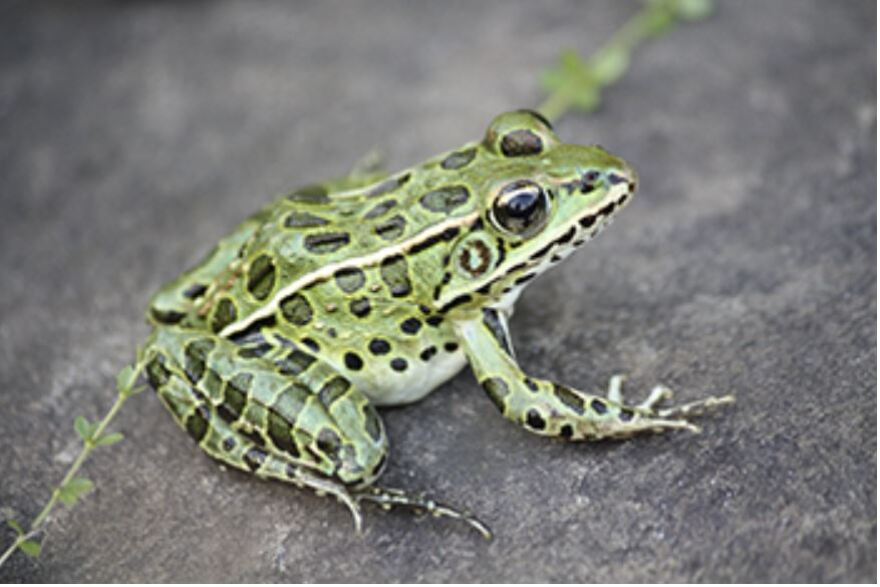How many, and what kinds, of amphibians crossed the road? And how well did they survive the annual spring migration? That's what biologist Greg LeClair and his team of 1000 volunteer scientists with Maine Big Night wanted to find out.
Maine Big Night surveyed 15 different species of frogs, toads, newts and salamanders this past spring.
Results are in, and LeClair, the director of the community amphibian migration monitoring project, says 2025 turned out to be an average mortality year for amphibians.
"If I were to grade how the amphibian migration went, I would give them a B or B+," LeClair said.
That means about 1 in 4 are hit by a vehicle as they try to cross the road.
"But we do have those spots where it's not so much of a B+ story," LeClair said. "It's more like a D-, or even an F, where almost every amphibian that tries to cross the road will get hit."
Durham Road in Brunswick and Forest Avenue in Orono continue to be among the deadliest sites.
And one rare species, the Northern Leopard Frog, was hit at the highest frequency: 43%. Scientists aren't sure why.
"And that's been true for a few years now," LeClair said. "But it seems like where it is, it seems to just really take it on the chin with traffic."
The Northern Leopard Frog is a species of concern, and its range is declining.
Now in its eighth year, Maine Big Night collected data on more than 17,000 amphibians, shattering last year's record.


